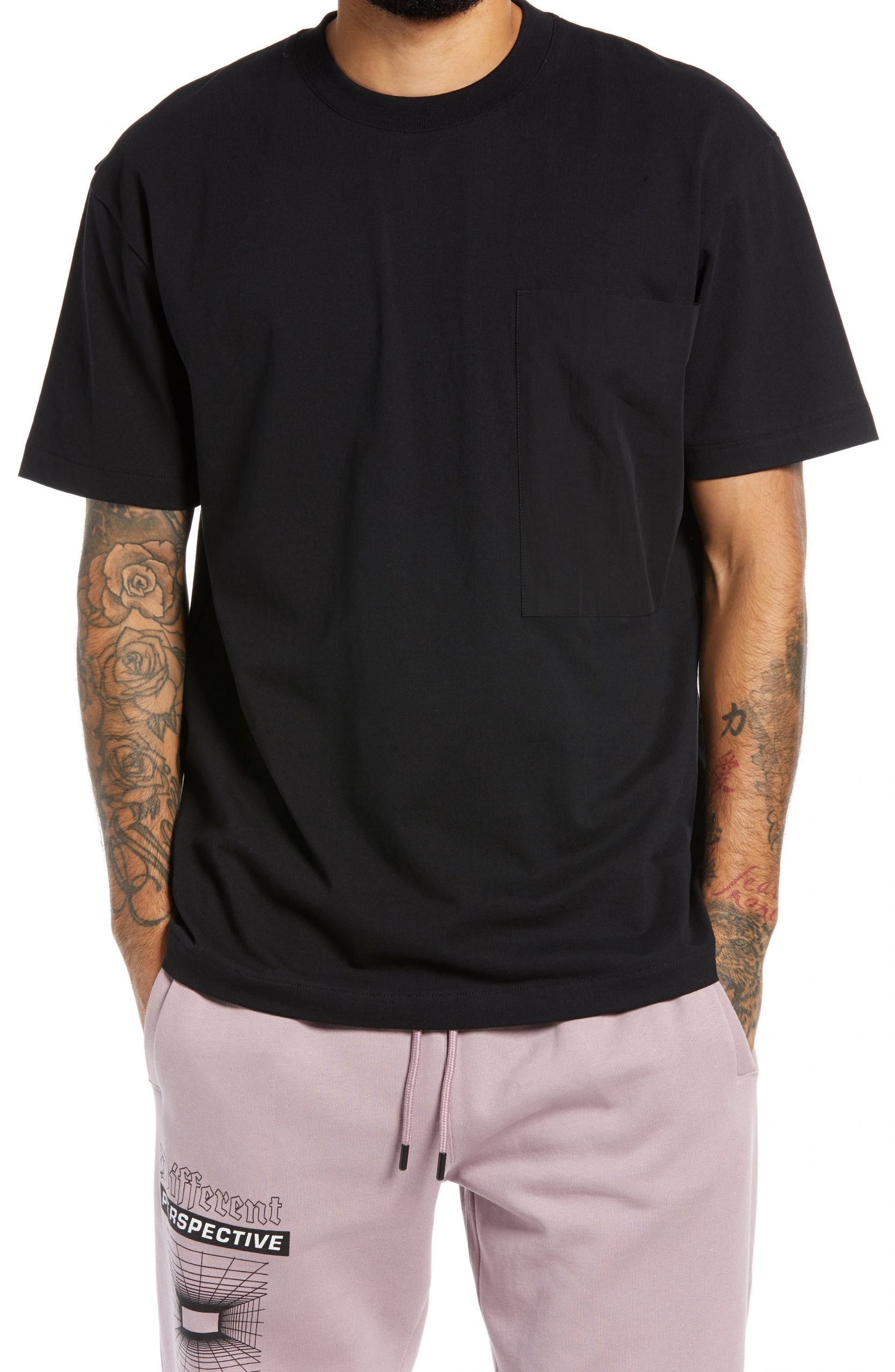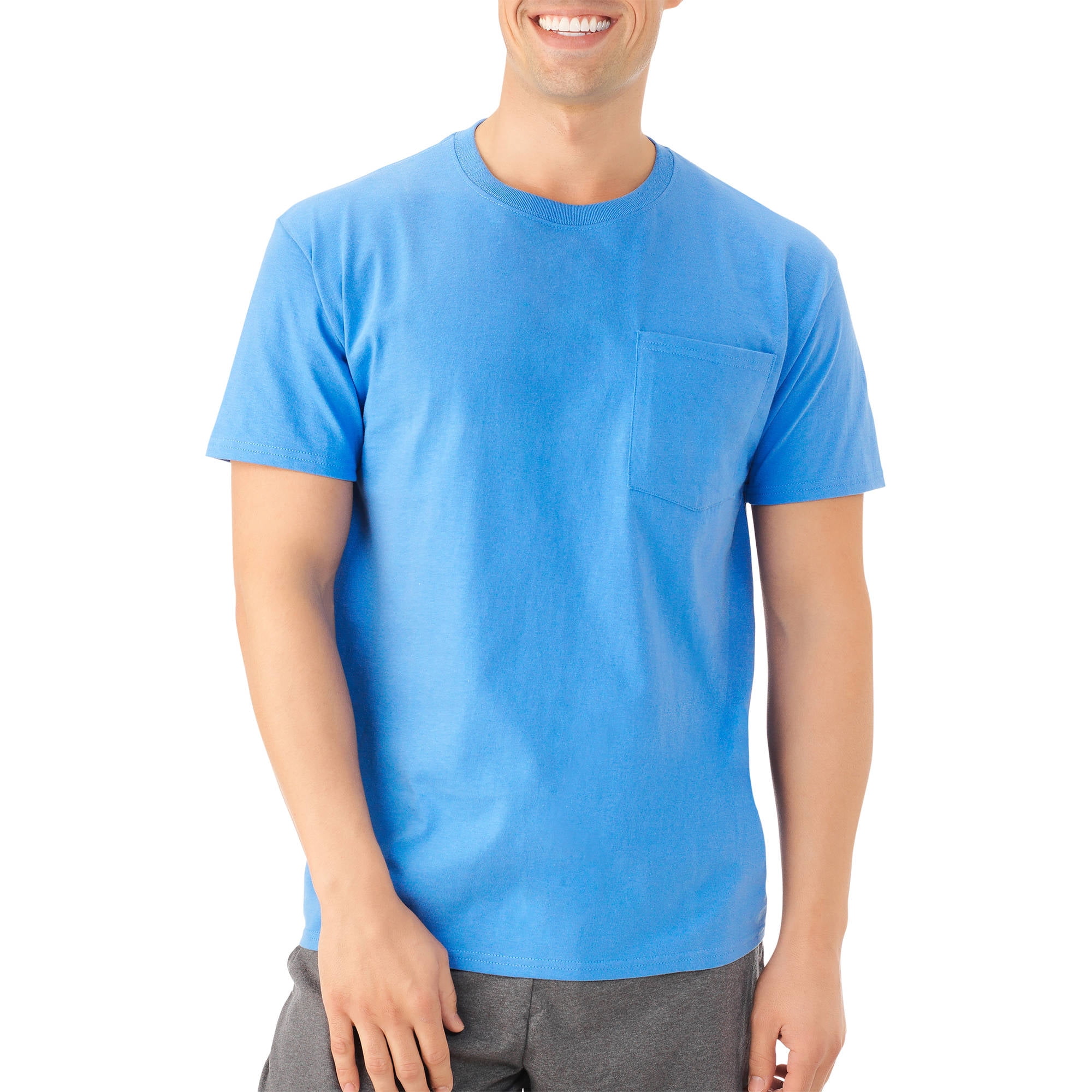
Shortly after the end of World War I, author F. While most tees for adults were white, various colors and patterns were available for children.īy the 1920s, the word “t shirt” became common in American dialogue. They also became the shirt of choice for many young boys for the same reasons. Early t shirts were easily cleaned, easily fitted, and affordable, and they quickly became popular as undershirts for workers in various industries.

Manufacturers recognized the benefits and versatility of t shirts and began producing them in children’s sizes, in addition to adult sizes.
POCKET TSHIRT PROFESSIONAL
As a result, tens of thousands of t shirts found their way into American closets and dressers and quickly were incorporated into both casual and professional outfits. Soon after the conclusion of World War I, the Army adopted the plain white tee as part of the standard issue ensemble for new recruits. In time, it became common for sailors and Marines working in hot climates and in work parties to remove their uniform jackets and wear only the undershirt. These so-called bachelor shirts were short-sleeved, made of white cotton, and featured crew necks, and they were intended to be worn under uniforms. They were ideal for young soldiers who had minimal sewing skills and would struggle to replace buttons on button-down shirts. Navy began issuing pullover t shirts without buttons as undergarments for enlistees. In 1904, the Cooper Underwear Company began marketing pullover undershirts to young men as “bachelor undershirts.” The products tagline read simply: “No safety pins-no buttons-no needle-no thread.” This advertisement showcased that these undershirts were made of a single piece of fabric without buttons and would be more durable with less maintenance.īetween the Spanish-American War in 18, the U.S. In fact, some areas even had laws that stated it was illegal to wear exposed pullover shirts in public. The exact date when these shirts became available is unknown, but they were not classed as something that could be worn without something over them. They were made from wool or cotton and featured stretchy necks that you could pull over your head without ruining the collar.

By the late 19 th century, both undershirts with buttons and those without buttons-which more closely resembled the modern-day tee-hit the market. Undergarment manufacturers began working with various fabrics and styles to create cooler, more comfortable undershirts. The top half was left long enough to be tucked into the waistband of the bottoms. The first t shirt came to be when someone decided to simply split the union suit into two separate pieces. The union suit worked extremely well for keeping workers warm during the winter months, but it was useless during warmer weather. In 1868, a type of all-in-one clothing piece known as the union suit was patented in New York. Let’s take a closer look at the evolution of the tee shirt pocket and how shirt pockets came to be. The addition of a pocket further propelled the humble t shirt to wardrobe-must-have status. While still often worn as an undergarment-especially under dress shirts-the t shirt came into its own in the middle of the 20 th Century.

The modern-day t shirt evolved from body coverings that were commonly worn as undergarments in the 19 th century. While it has existed in some form since the late 1800s, today’s most popular outerwear choice was once reserved to be worn solely as underwear. Even if you don’t wear yours every day, you likely have a few of them hanging around.Ĭompared to other types of clothing, though, the t shirt is a relatively new addition to our collective wardrobe. From basic solid colors to those emblazoned with logos, graphics, and other designs, t shirts are a wardrobe staple. You would be hard-pressed to find an American closet that doesn’t contain at least a few t shirts. The humble t shirt is one of the most popular garments in the world.


 0 kommentar(er)
0 kommentar(er)
